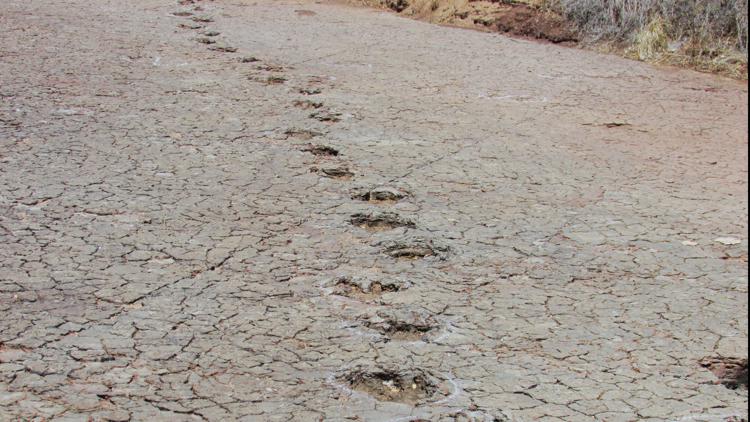DALLAS — A team of researchers, led by SMU paleontologist Louis L. Jacobs, found matching sets of Early Cretaceous dinosaur footprints on opposite sides of the Atlantic Ocean – in Brazil and Cameroon.
More than 260 footprints were found in the two locations – now separated by 3,700 miles – showing where land-dwelling dinosaurs were able to freely cross between South America and Africa millions of years ago.
“We determined that in terms of age, these footprints were similar,” Jacobs said. “In their geological and plate tectonic contexts, they were also similar. In terms of their shapes, they are almost identical.”
The footprints were impressed into mud and silt along ancient rivers and lakes, SMU officials wrote in a press release. Dinosaurs made the tracks 120 million years ago on a single supercontinent known as Gondwana – which broke off from the larger landmass of Pangea, Jacobs said.
“One of the youngest and narrowest geological connections between Africa and South America was the elbow of northeastern Brazil nestled against what is now the coast of Cameroon along the Gulf of Guinea,” Jacobs said. “The two continents were continuous along that narrow stretch, so that animals on either side of that connection could potentially move across it.”

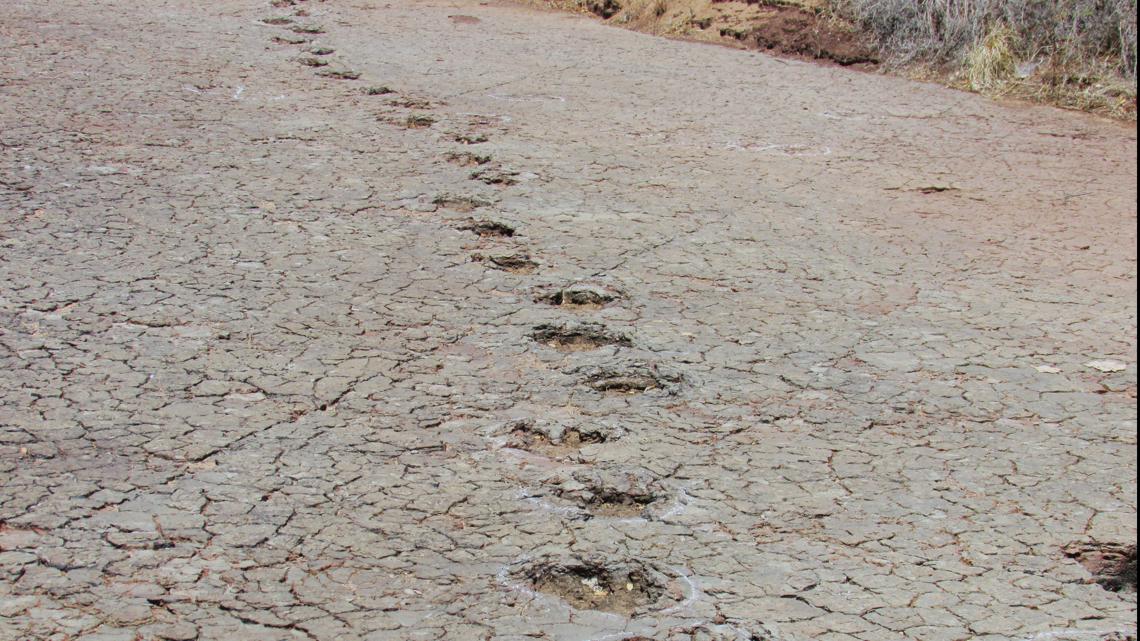

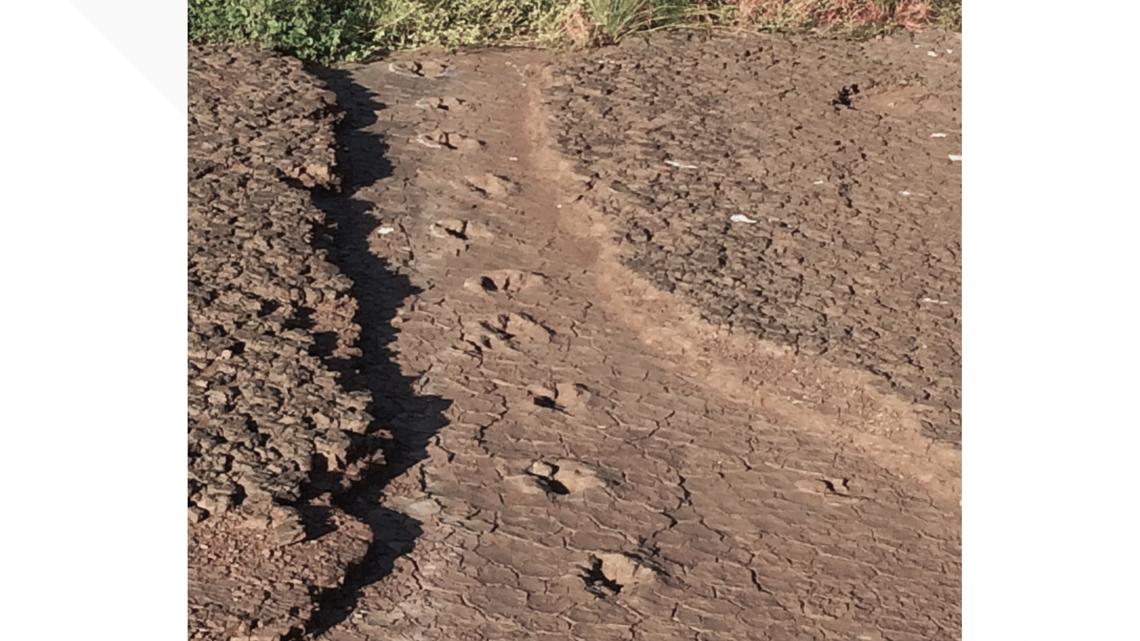
Most of the tracks found by Jacobs and his team were made by three-toed theropod dinosaurs.

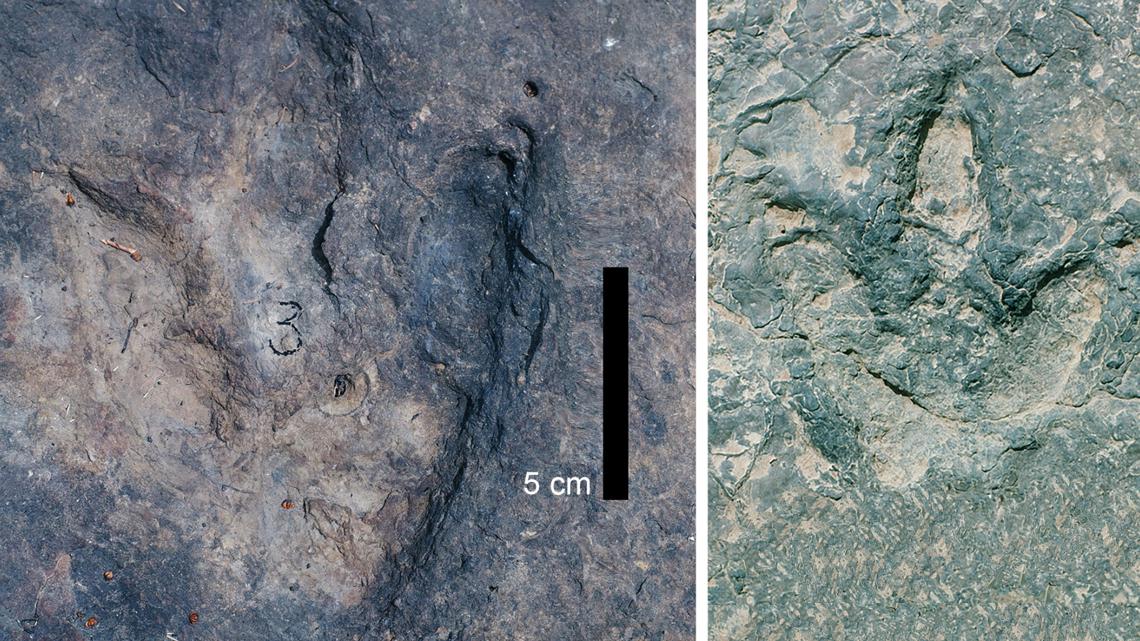
Researchers say Africa and South America started to split around 140 million years ago, causing gashes in Earth's crust called rifts to open up along pre-existing weaknesses. As the tectonic plates beneath South America and Africa moved apart, magma from the Earth's mantle rose to the surface, creating new oceanic crust as the continents moved away from each other. Then, over time, the South Atlantic Ocean filled the void between these two newly-shaped continents.
Before the continental connection between Africa and South America was severed, “rivers flowed and lakes formed in the basins” Jacobs said. “Plants fed the herbivores and supported a food chain. Muddy sediments left by the rivers and lakes contain dinosaur footprints, including those of meat-eaters, documenting that these river valleys could provide specific avenues for life to travel across the continents 120 million years ago.”

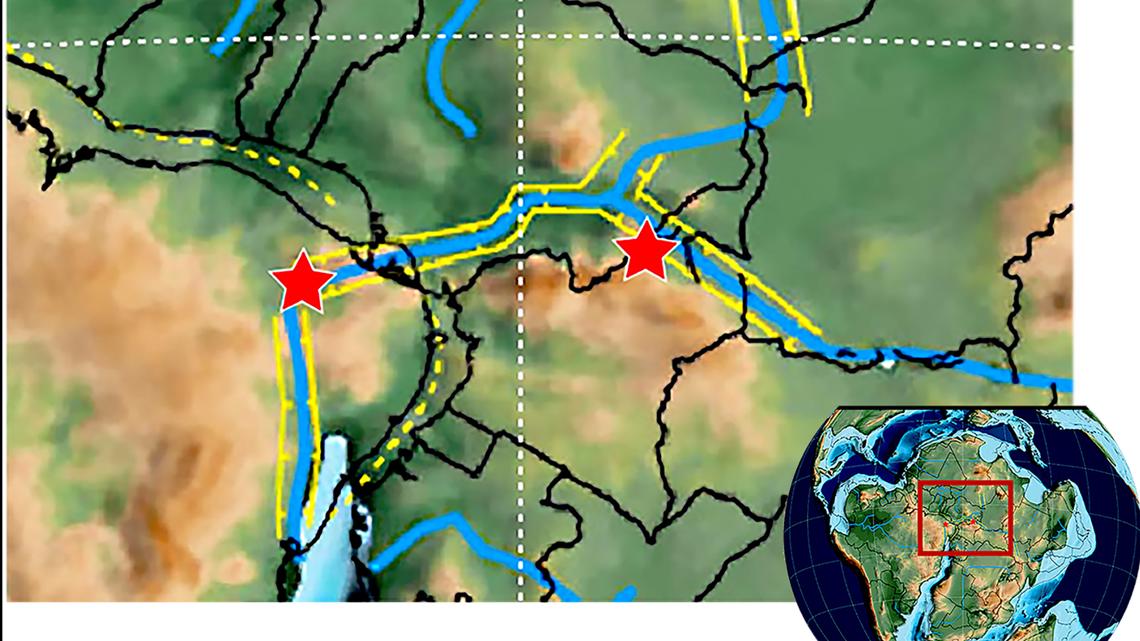


Co-authors of this study included: SMU research associate Diana P. Vineyard, Lawrence J. Flynn in the Department of Human Evolutionary Biology at Harvard University, Christopher R. Scotese in the Department of Earth and Planetary Sciences at Northwestern University and Ismar de Souza Carvalho at the Universidade Federal do Rio de Janeiro and Centro de Geociências.
The study was published by New Mexico Museum of Natural History & Science in a tribute to the late paleontologist Martin Lockley, who spent much of his career studying dinosaurs tracks and footprints, SMU officials said in its release.
More Texas headlines:

